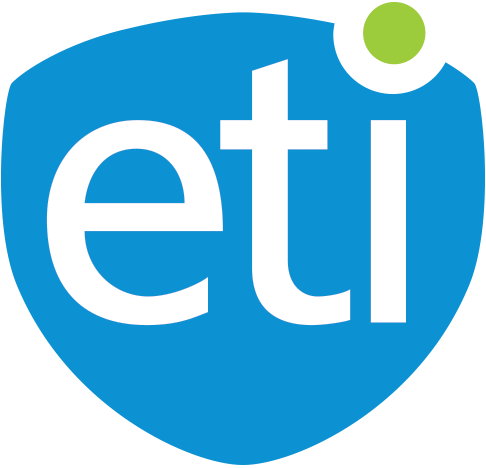

Exactly where broadband is available and at what speeds is critically important information. Besides knowing this information so we can more accurately track progress in conquering the digital divide, mapping data also directly impacts how billions of dollars in rural broadband funding is allocated. As the FCC and the USDA plot how best to use Connect America Funds and broadband infrastructure grants and loans, accurately pinpointing where those funds could be put to best use is critical.
Current broadband map data is derived from FCC Form 477 data, which is submitted to the FCC by broadband service providers. But that data looks at the census block level, and if only one household in an individual census block has broadband, the entire census block is considered covered. Considering an individual census block can cover hundreds of square miles or more, this current approach contributes to serious inaccuracies regarding the true availability of broadband in rural areas.
Luckily, the broadband industry is seeing some momentum with changing this approach. There is bipartisan support in Congress for change. Legislation called the Broadband Deployment Accuracy and Technological Availability (DATA) Act is making its way through Congress. The Senate has already advanced its own version of the Broadband DATA Act earlier this year. The end result is a real chance that it could end up on the President’s desk soon for signage into law.
Several broadband trade associations have signaled their support for the legislation, including NTCA – The Rural Broadband Association, NCTA – The Internet & Television Association and USTelecom – The Broadband Association. The legislation would require the FCC to collect data more granularly than just census block level data. It would also establish a challenge process for map data. Separate legislation, the Mapping Accuracy Promotes Services Act, which is also advancing, would make it illegal for broadband providers to submit inaccurate data to the FCC. Probably most importantly, these bills authorize funding for the process to of getting to these better broadband maps.
ETI looks forward to seeing the end result of this progress. Our customers are on the front lines of conquering the digital divide and actions like this can help them in that effort. Better data always leads to better results and we stand ready to help our clients in this important mission. Learn more about our work with muni and utility companies here.